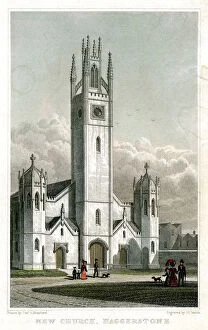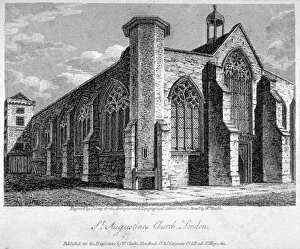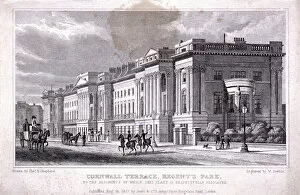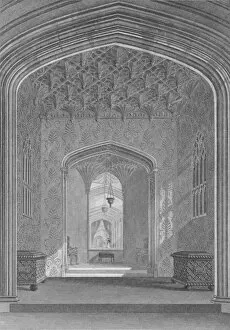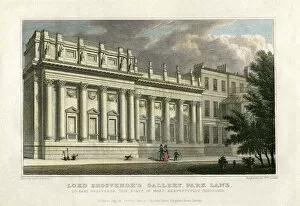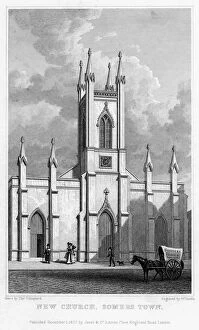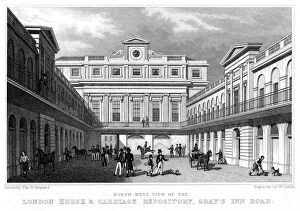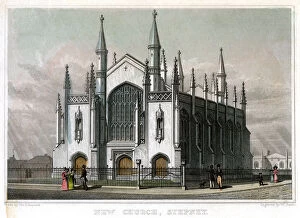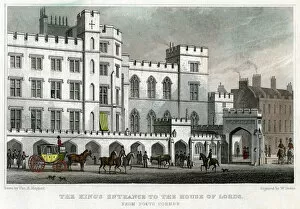William Deeble Collection
William Deeble was a talented artist based in London during the early 19th century. His works captured various iconic landmarks and scenes from the bustling city
For sale as Licensed Images
Choose your image, Select your licence and Download the media
William Deeble was a talented artist based in London during the early 19th century. His works captured various iconic landmarks and scenes from the bustling city. In 1827, he beautifully depicted the New Church in Haggerston, Hackney, showcasing its architectural grandeur. Another masterpiece by Deeble is his view of the entrance to Westminster Hall in 1809, which highlights the historical significance of this landmark. Deeble's attention to detail can be seen in his portrayal of Westminster Hall from New Palace Yard, also created in 1809. The intricate lines and shading bring out the beauty of this majestic structure. Moving on to Austin Friars in the City of London, painted by Deeble in 1811, we get a glimpse into one of London's charming neighborhoods. In 1827, Deeble turned his artistic eye towards Cornwall Terrace located within Regents Park. His painting captures both elegance and serenity as he portrays this residential area with precision and finesse. Fonthill Abbey's Oratory is another notable piece by William Deeble dating back to 1824; it showcases his ability to capture architectural details flawlessly. Lord Grosvenor's Gallery on Park Lane became a subject for Deeble's artistry in 1828. Through his brushstrokes, he brings life to this prestigious gallery that once housed remarkable artworks. Somers Town's New Church is yet another example where William Deeble showcased his talent for capturing religious architecture with grace. The London Horse and Carriage Repository on Grays Inn Road caught William Deeble's attention in 1828; here he portrayed an essential aspect of transportation during that era with great skill. Stepney's New Church was also among his subjects that year; through vivid colors and precise strokes, he brought out its unique charm. In one of his later works from 1829 titled "The King’s Entrance to the House of Lords, " Deeble depicted the grandeur of the Palace of Westminster.

